Technological Advancements in Pupillometer Market
The Pupillometer Market is experiencing a surge in technological advancements that enhance the precision and efficiency of pupillometry. Innovations such as digital pupillometers, which utilize advanced imaging techniques, are becoming increasingly prevalent. These devices offer real-time data analysis and improved accuracy in measuring pupil responses, which is crucial for various medical applications. The integration of artificial intelligence in pupillometry is also noteworthy, as it allows for more sophisticated data interpretation. According to recent estimates, the market for digital pupillometers is projected to grow at a compound annual growth rate of approximately 8% over the next five years. This growth is indicative of the increasing reliance on technology in healthcare, particularly in ophthalmology and neurology, where accurate pupil measurement is essential.
Integration of Telemedicine in Pupillometer Market
The Pupillometer Market is being influenced by the integration of telemedicine, which is reshaping how eye health assessments are conducted. With the rise of remote healthcare services, pupillometers are being adapted for use in telehealth applications, allowing practitioners to conduct eye assessments from a distance. This shift is particularly relevant in rural and underserved areas where access to eye care may be limited. Market projections suggest that the telemedicine segment of the pupillometer market could grow by approximately 12% over the next few years, as more healthcare providers adopt remote monitoring solutions. The convenience and accessibility offered by telemedicine are likely to enhance the overall demand for pupillometers, making them a vital tool in modern healthcare.
Increased Awareness of Eye Health in Pupillometer Market
The Pupillometer Market is witnessing a notable increase in awareness regarding eye health among the general population. This heightened awareness is largely driven by educational campaigns and the growing prevalence of eye-related disorders. As individuals become more informed about the importance of regular eye examinations, the demand for pupillometers is likely to rise. Furthermore, healthcare professionals are emphasizing the role of pupillometry in diagnosing conditions such as traumatic brain injury and neurological disorders. Market data suggests that the demand for pupillometers in clinical settings has increased by approximately 15% in the past year, reflecting a shift towards proactive eye health management. This trend is expected to continue, as more individuals seek preventive care and early diagnosis.
Rising Demand in Clinical Settings for Pupillometer Market
The Pupillometer Market is experiencing a rising demand in clinical settings, particularly in emergency medicine and neurology. The ability to quickly assess pupil response is critical in diagnosing conditions such as concussions and other neurological impairments. As healthcare providers prioritize rapid assessment tools, pupillometers are becoming essential in emergency departments and outpatient clinics. Recent market data indicates that the adoption of pupillometers in clinical environments has increased by over 20% in the last two years, reflecting a growing recognition of their value in patient assessment. This trend is likely to continue as healthcare systems seek to improve diagnostic accuracy and patient outcomes, thereby driving further growth in the pupillometer market.
Diverse Applications in Research within Pupillometer Market
The Pupillometer Market is expanding due to its diverse applications in research settings. Pupillometry is increasingly utilized in psychological and neurological studies to assess cognitive load and emotional responses. Researchers are employing pupillometers to gather data on pupil dilation as a physiological indicator of mental effort and emotional arousal. This trend is supported by a growing body of literature that highlights the correlation between pupil size and cognitive processes. Market analysis indicates that the research segment of the pupillometer market is projected to grow by approximately 10% annually, driven by the increasing interest in understanding the neural mechanisms underlying human behavior. As academic institutions and research organizations invest in advanced pupillometry technology, the market is likely to see further expansion.
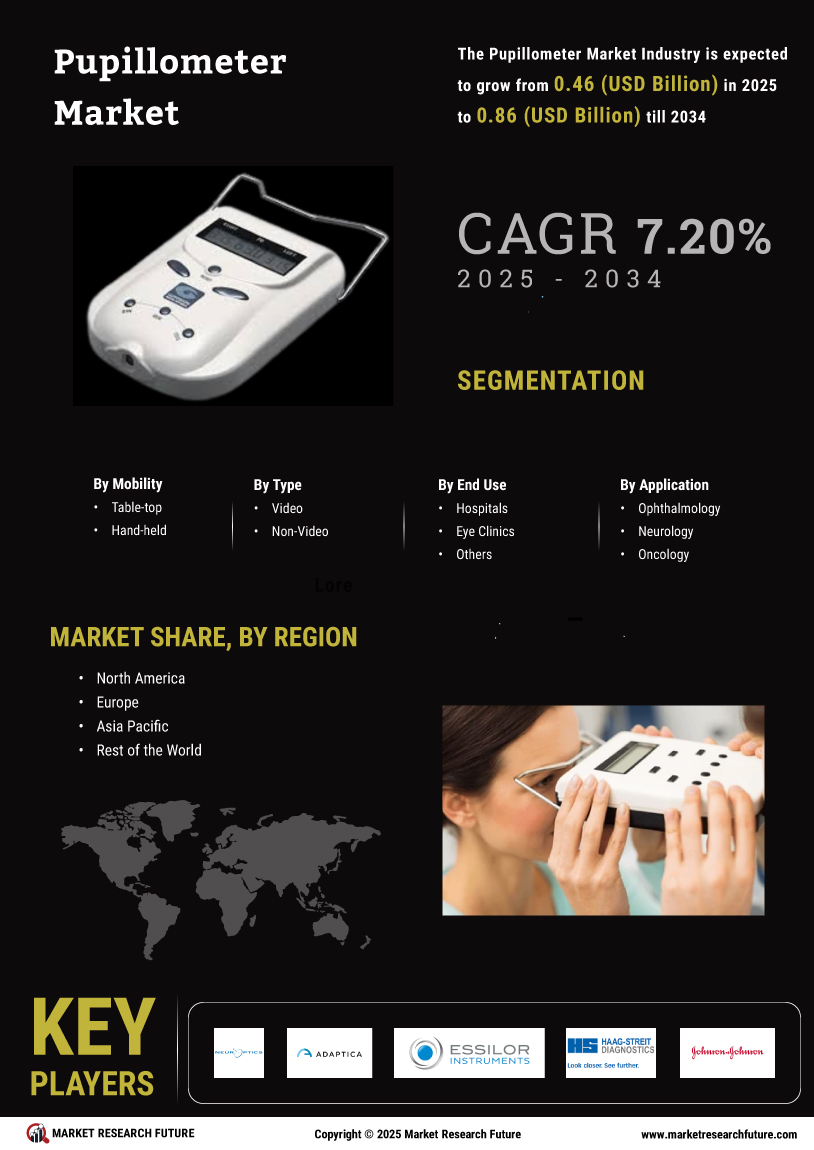

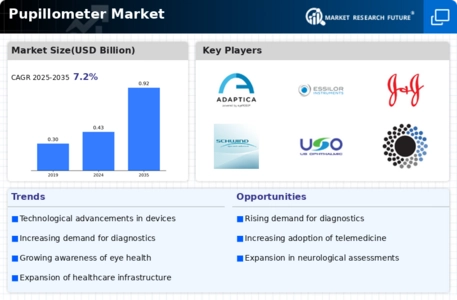
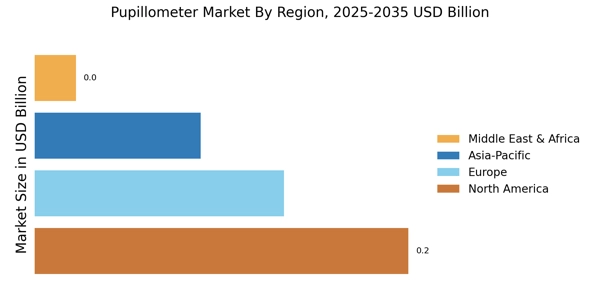
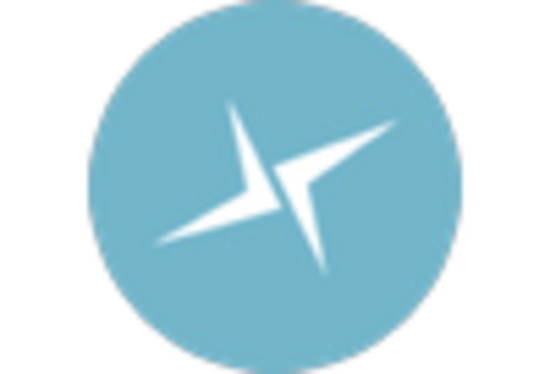
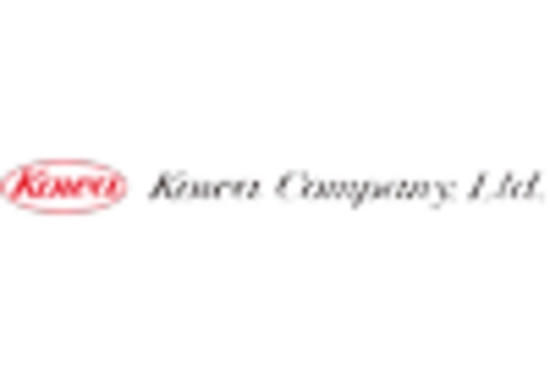


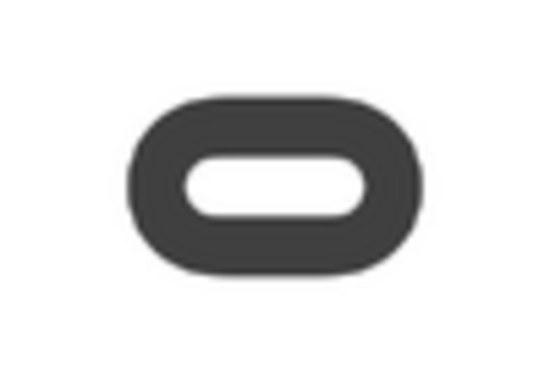









Leave a Comment